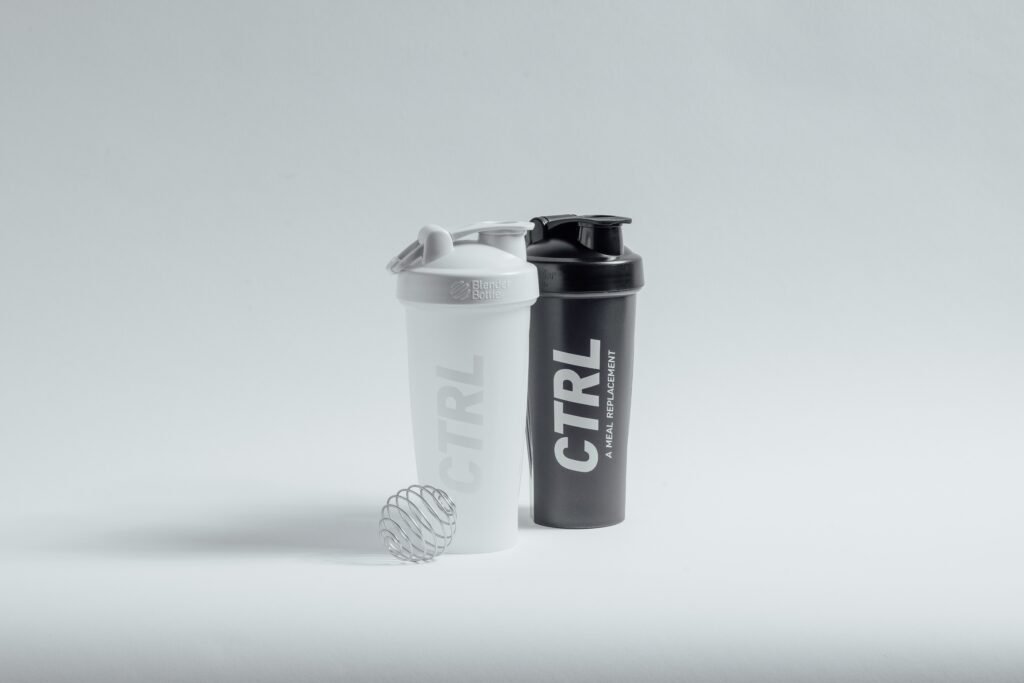Why Does Your Protein Bottle Stink, And How To Fix It
you want protein? I love protein.

You just finished your workout and are about to grab your shaker for a protein fix. Just at this moment, you twist the lid open and a puff of air blows into your nose. This whiff – this ‘toxic’ smell bellows into your nostrils, as your brain fires off signals for you to run – TO GET OUT.
Yes, it happens to the best of us. The funny thing is, that ALL our protein bottles stink. So here is how to fix it.
Read More: Want To Lose Weight Without Counting Calories? Here’s How.
Why Do Protein Bottles Stink?
Just like all odours on this good earth, it is thanks to bacteria growth and sometimes mould. Even if you thoroughly clean them through, there might be minuscule clumps hiding in the crevices of your bottle like the top lid for example.
Over time, when moisture builds up in these clumps, bacteria and mould growth starts to flourish. Bacteria use the leftover powders as food for themselves and release compounds such as hydrogen sulfide, methyl mercaptan, cadaverine, putrescine, and ammonia.

The smell that punches you is like spoiled milk – since whey comes from milk. If you’re using plant-based protein, it will still smell – arguably less strong due to the different ammino profile content.
So, in short, the pungent smell is essentially rotting protein powder.
Read More: The Healthier Choice Symbol: Why Simplified Labels Are Misleading
Clean It Well, Clean It Thoroughly.
Having basic hygiene is common sense. Once you use your protein bottle, it is best to clean it immediately with warm soapy water, and let it fully dry out before storing it for its next use.
If possible, store it in an open area like a drying mat or an open-air dish rack. Avoid cool and damp places as it allows bacteria and unwanted microbes to thrive.
This is more than enough to prevent the start of a colony of these bacteria cultures.
What To Do If My Shaker Bottle Is Already Smelly?
In this case, you need to do just what an A-10 Warthog will do. Send in a rain of fire. Instead of a Gatling gun, use baking soda and vinegar instead.
Put 1 part baking soda into 2 parts of vinegar. Mix with around 200ml of water and shake it all up. Let it soak for about 3-5min and once you’re done, rinse it out and do one final wash with warm soapy water. For better results, let the bottle soak overnight.
You can also use other ingredients such as lemon, or bottle-cleaning tablets.
Once done with your extermination, remember to “air” it on an open-air surface before storing it.
Read More: What Is Nutri-Grade & What Are Its Benefits?
Switch Over To Stainless Steel Bottles
Not only do stainless steel bottles last longer, are easier to clean, reduce odours and are more luxurious looking.
Most plastic protein shaker bottles are made from either High-Density Polyethylene (HDPE) or Polypropylene (PP). They are both thermoplastics, which can be recycled but can be degraded under ultraviolet (UV) rays/ sunlight.

Stainless steel bottles do not absorb or retain the “taste” of the stored fluid and are dishwasher safe and more durable, as compared to HDPE or PP Bottles as they will retain “smells” from your protein shake.
HDPE or PP bottles however are lighter and technically use less energy to manufacture thus “better” for the environment.
But if odour prevention is your thing, switch over to stainless steel bottles instead.
Recent Posts
Related Articles
All You Need To Know: Whey Protein
From bodybuilders to healthcare professionals, everyone champions whey as an essential dietary...
ByBrent Wong14 December 2023How To Trick Your Body Into Not Eating Too Much?
Hunger has always been a bane to mankind since the dawn of...
ByBrent Wong28 November 2023EnergyOne Gym Prices 2023
Would you like to train at a space with the luxury and...
ByBrent Wong6 November 2023Want To Lose Weight Without Counting Calories? Here’s How.
About 11% of Singaporeans aged 18-70 are obese, with around 28% having...
Byaktivintel.com27 September 2023










Leave a comment